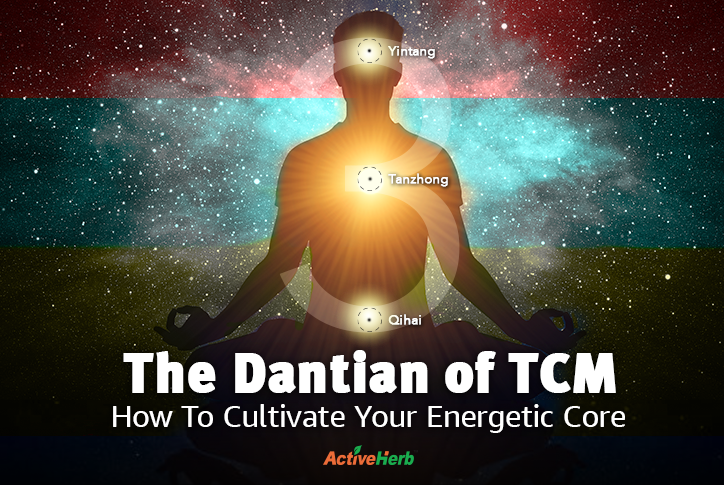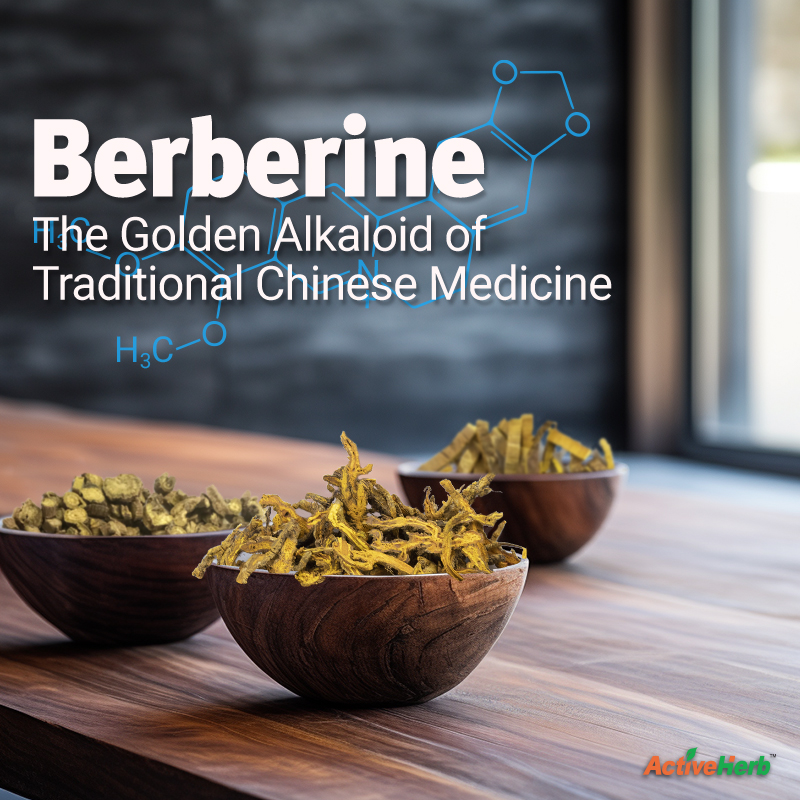The Dantian of TCM: Reservoirs of The 3 Treasures

One of the most fundamental concepts in TCM are meridians. Meridians are the highways that connect the organ systems that the body’s life-force energy, or Qi, travels through.
There are 12 paired ordinary meridians and 8 extraordinary meridians. In addition to the meridians, according to TCM, your body also contains three main reservoirs of energy called dantian.
The 3 dantian of TCM are the storagehouses of not only your life force but also serve as the seat of your spirit (shen) and essence (jing). The three dantian, then, hold the body’s three treasures.
In this article, we’ll explore where the 3 dantian are located and how to cultivate them so you can increase your chances of living a longer and healthier life.
What Does Dantian Mean?
Loosely translated, dantian means an elixir field. This means that in TCM philosophy, the dantian are regarded as healing sources or entities. The three main dantian, TCM practitioners believe, are vital for developing not only physical health but also consciousness. Some people also believe that cultivating the storagehouse capacity of the dantian helps nourish the fourth treasure of the human body: willpower.
If you feel stuck in your life, you need a clear head and strong mind to have a breakthrough and experience an evolution. For this to occur, the dantian needs to be cultivated. Actually, there are 10 dantian in TCM, but three of them are considered primary.
Before learning how to cultivate the three main dantian, let’s briefly review the three treasures that they store…
What is Jing?
Translated as the body’s essence, Jing can be thought of in the West as the aging process. If you’re in your 80s but look and feel decades younger, then you have abundant Jing. But if you’re only middle-aged but lack energy and purpose, then you have diminished Jing. Cultivating your three main dantian energy reservoirs may help you age more gracefully.
What is Shen?
When we say that somebody burns brightly it implies that they are living their most authentic, highest self. Loosely translated as spirit, shen is one of the least understood concepts in TCM. This is most likely because spirit sometimes has a religious connotation. Having ample shen, rather, means that you have a sharp mind and plenty of purpose.
What is Qi?
Qi is simply put, energy incarnate. How much Qi our body manifests depends upon how well we are able to deal with stress. By tapping into our dantian, we may be able to ensure ample Qi throughout our lifetime.
Where Are The 3 Dantian of TCM?
Now that we know about the three treasures housed by the three dantian, let’s explore where they are in the body.
Lower dantian
Locate your navel. Now go down three finger widths and voila you have found the theoretic lower dantian energy center. This lowest of the three primary dantian is the seat of your Jing, emotions and thoughts.
As many people get older, their Jing becomes greatly diminished. This is not just because of chronological age but mostly because of stress. The Kidney organ system of TCM rules Jing. Unfortunately, stress is one of the biggest reasons why people have diminished Jing.
Kidney-supporting herbs may protect the body from the deleterious effects of stress. So, too, can learning how to cultivate your lower dantian, which we’ll explain how to do in just a bit…
Middle dantian
To locate your middle dantian, place your finger on the bottom of your breast bone in the center of your chest. Now place three fingers below that point. This is roughly the solar plexus and the theoretical location of your middle dantian. Considered the seat of life-force energy (Qi), the energy stored in this dantian is thought to be more subtle and less dense than the energy housed in the lower dantian.
And as we’ll see in the upper dantian, the energy continues to get even more subtle and less dense. This is because the energy of consciousness is more subtle than physical Qi or Blood.
Just like a well-maintained reservoir supplies ample drinking water, a healthy middle dantian houses a healthy Heart. The middle dantian is connected to social connections and love. The energy stored in this dantian is thought to be created from the oxygen we breathe, and the food we eat.
Upper dantian
When people learn meditation, they are taught to focus on their third eye, or spiritual eye. The third eye is located in between the eyebrows, about a quarter inch up from the bridge of the nose. This is where TCM believes the upper dantian is located. Appropriately, the upper dantian houses your intuition and spirit (shen).
If you lack vision for the future, or struggle to identify with a life purpose, you can develop a weakness in the upper dantian. It’s as if a crack in the walls of the reservoir has caused a leak of spirit.
The same can occur in the middle and lower dantian. A weakness in the middle dantian can lead to feeling a lack of social connection or love. And when the lower dantian is compromised, physical and mental well-being can suffer.
Preserving the 3 Dantian of TCM
So what can we do to preserve the energy cumulation centers known as dantians in TCM? We can practice meditation, tai chi and Qi gong. There are also specific breathing exercises for dantian cultivation.
In the west, these practices are known as diaphragmatic breathing. To try diaphragmatic breathing, simply expand your belly like a balloon as you inhale and deflate it on each exhale. As you inflate and deflate your belly, your chest should gently rise and fall. Each inhalation and exhalation should last for approximately a cycle of 5 breaths.
Although like the meridians, the three primary dantians are invisible, you can try to tap into your head, chest and abdomen and see if you can locate the three dantian. Through breathwork and meditation, you may be able to maintain solid integrity in these reservoirs of your precious three treasures.






